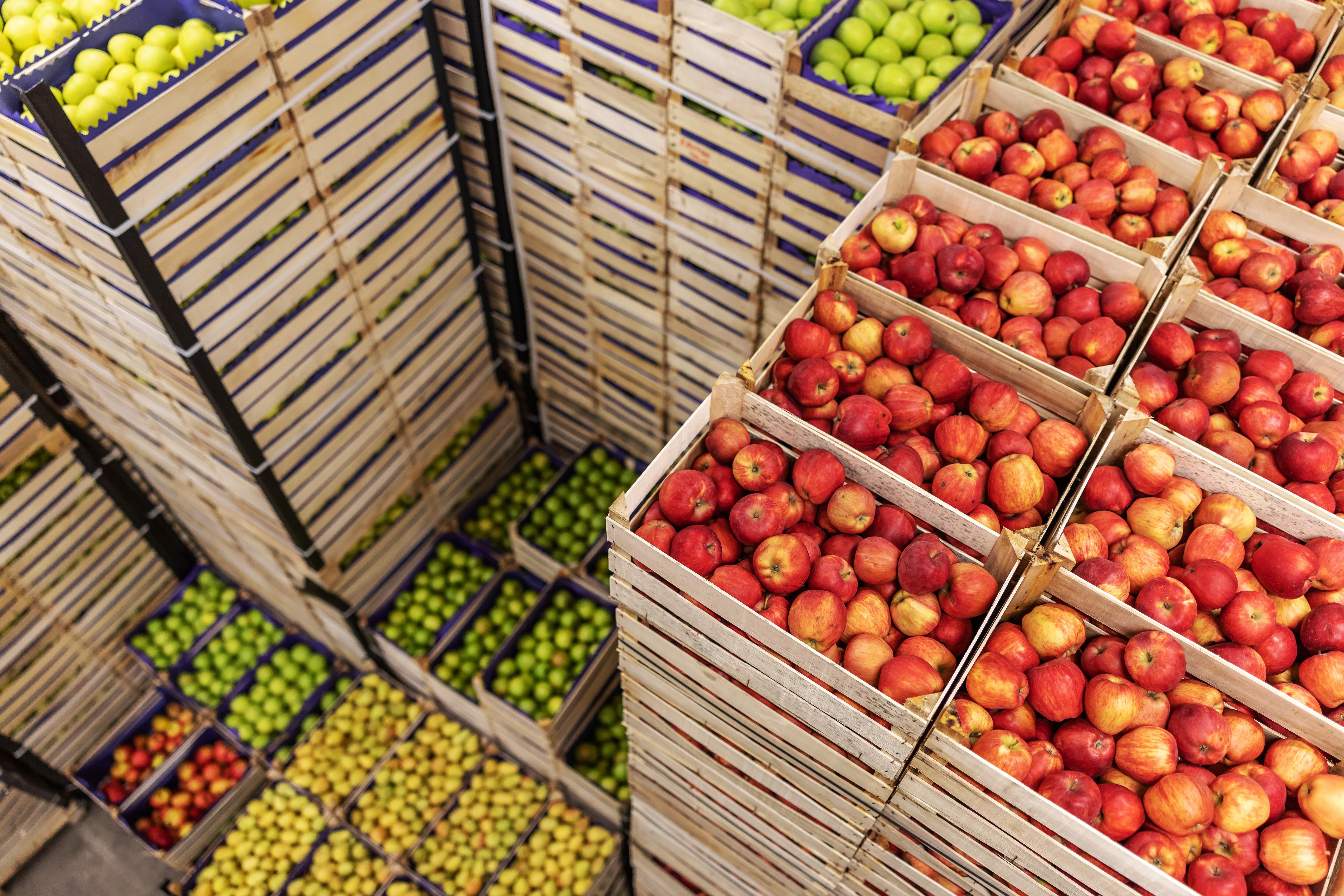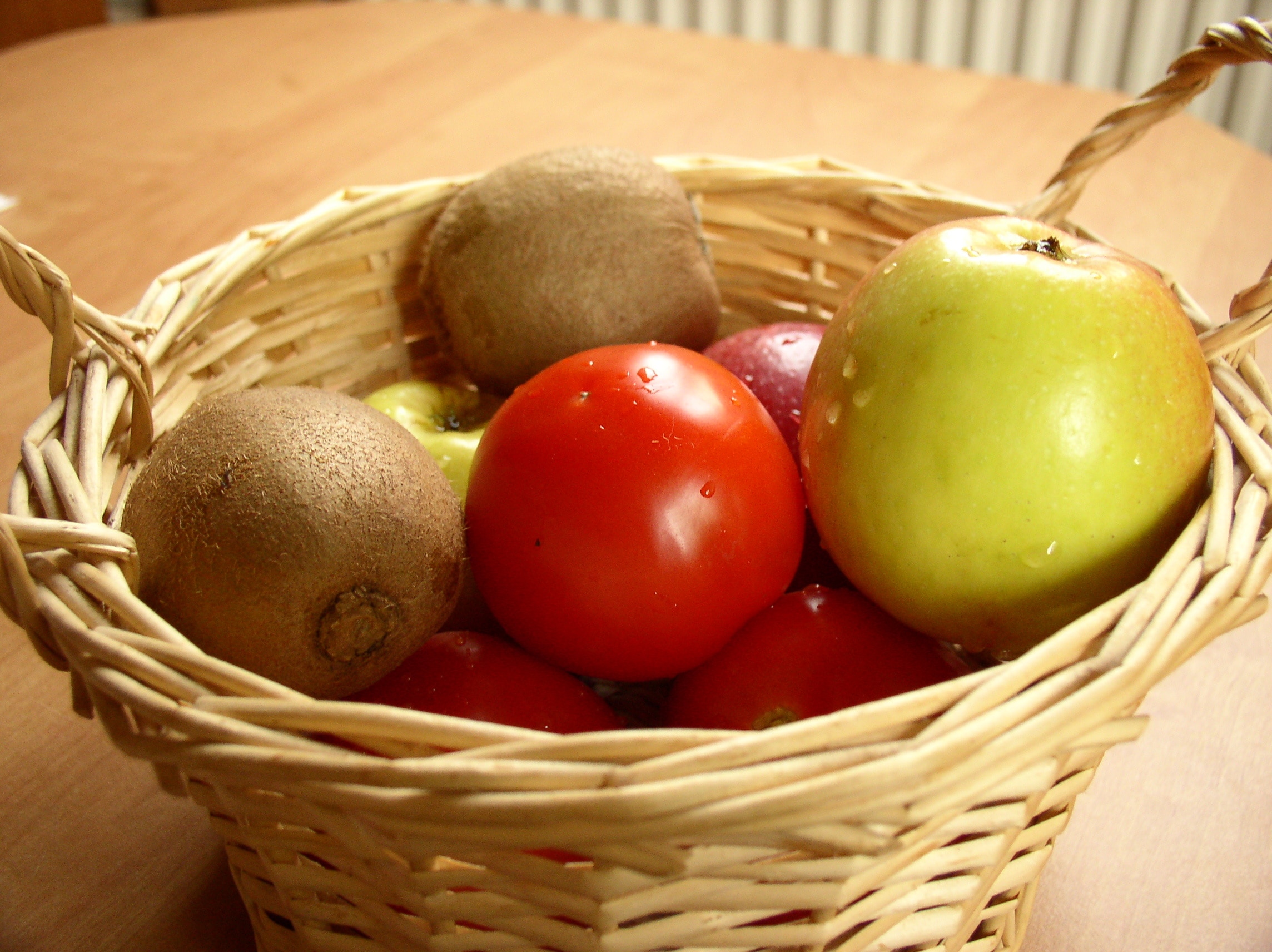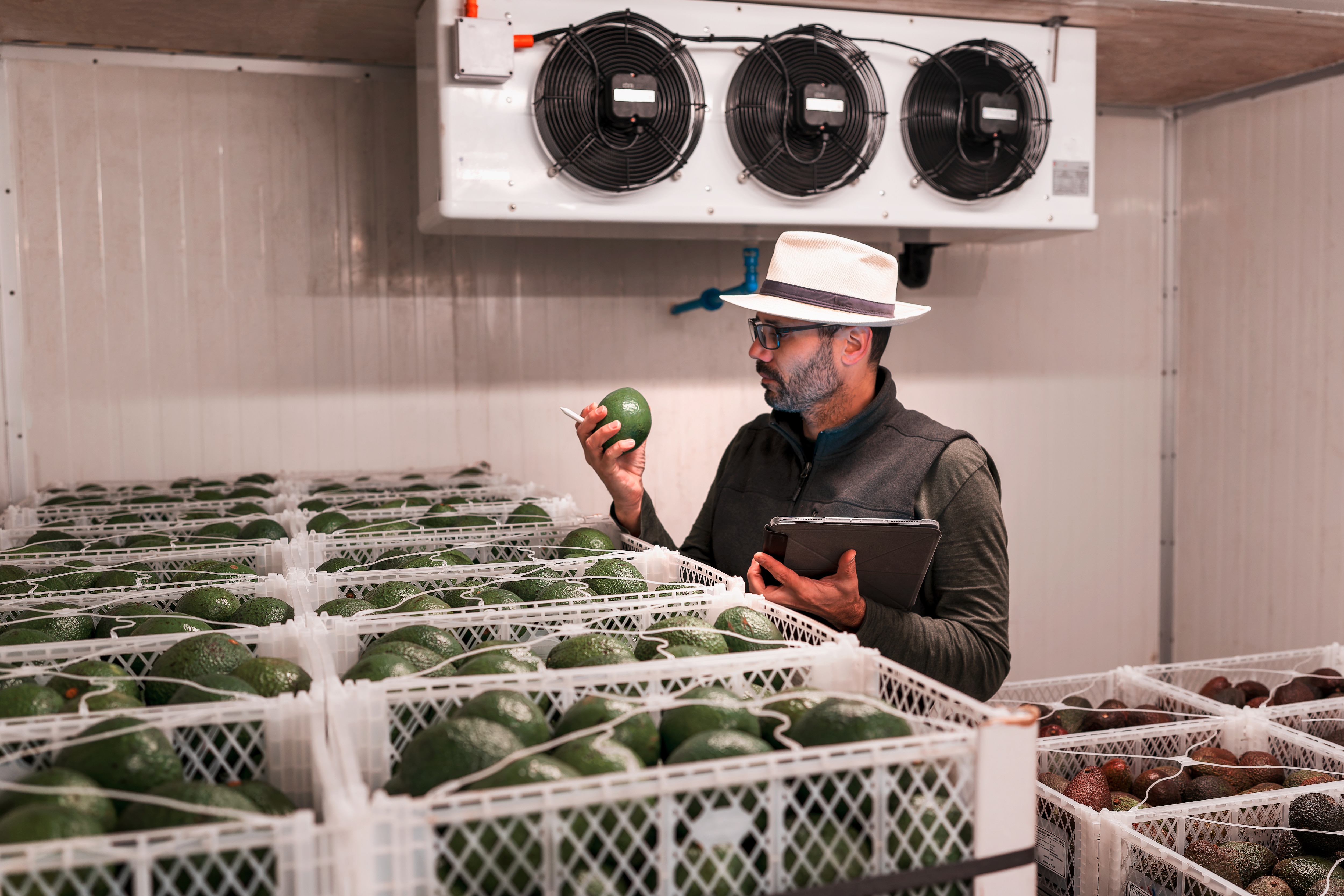

The most important hormone for ripening is ethylene (C2H4). When food ripens, the concentration of emitted ethylene increases. The fruit itself also influences the amount of ethylene emitted. There are fruits that emit a lot of ethylene, such as apples, and those that emit less, such as bananas. The ethylene emitted by one fruit thus also causes other fruits to ripen more quickly. Something to consider when storing fruit, both industrially and in private households.

By removing oxygen, it was possible to slow down the ripening of the fruit. This made it possible to transport the fruit without it becoming inedible in the meantime. Today, knowledge of these ripening gases is used for early harvesting and transport to the point of sale. For example, many fruits are harvested in an unripe state and refrigerated while transported to briefly interrupt the ripening process. Once the fruit has reached its destination, ripening is artificially continued or even accelerated, as required. The targeted use of ethylene, but also of acetylene (C2H2) and carbon dioxide, has a precise effect on the ripeness of fruit for consumption. For continuous monitoring of these ripening gases, optical measurement techniques such as non-dispersive infrared spectroscopy (NDIR) are usually used. When using a broadband infrared source with high emission power, such as the one from Axetris, and a multi-channel detector, several gases can be measured simultaneously. This means that the measurement technology can be used flexibly, regardless of the ripening gas used.